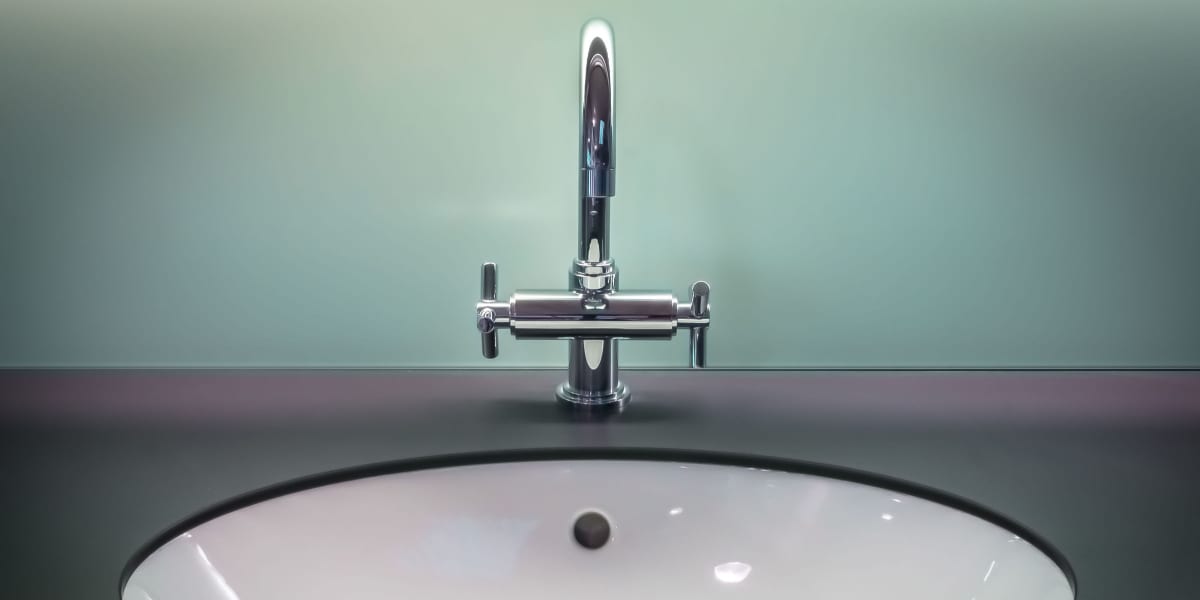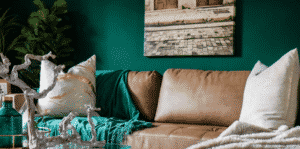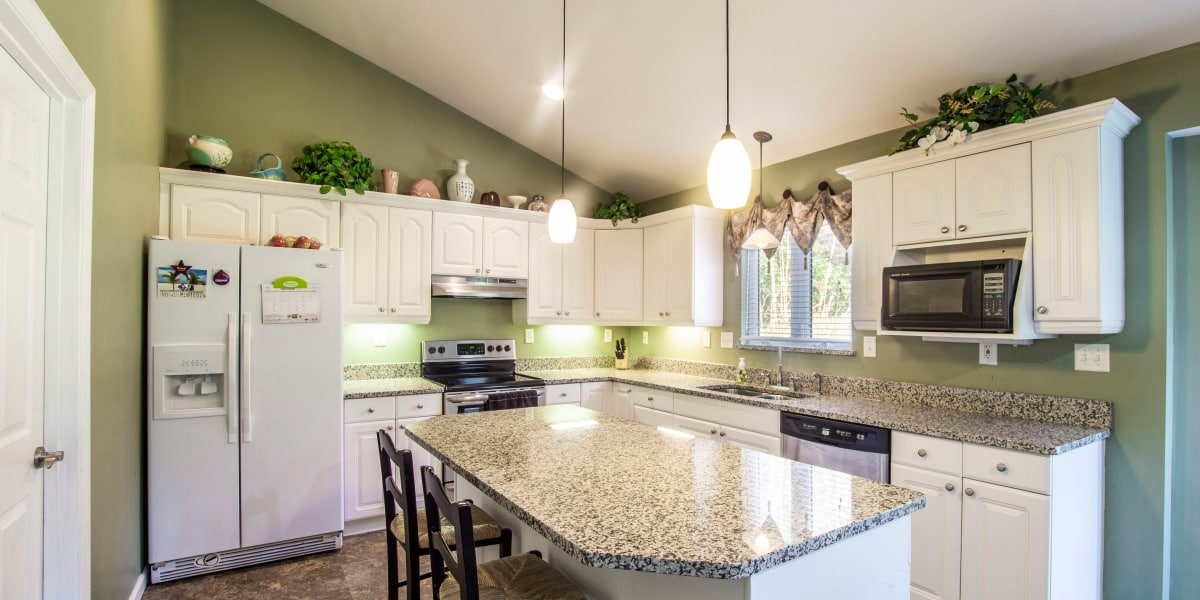Bathrooms are one of the trickier rooms in your home to design. Many are small, and they have a variety of features – toilet, shower, vanity – that need to be included and coordinated for the room to be functional.
Depending on your budget, items such as sink and toilet color may be non-negotiable, so your color palette has to work around them. Picking the right color scheme for walls, fixtures, and linens is important to having a calming, cohesive bathroom instead of one that looks hodge-podged together.
Here are 5 tips for choosing the right color palette for your bathroom:
Start with the Color Wheel
A color wheel is great; it shows you what colors work together and which ones don’t. Using one can help you find new color combinations you wouldn’t have thought of, such as purple and yellow being complimentary (across the wheel from one another) and why green and blue seem to pair easily. Learning to properly use a color wheel can open up some unexpected pairings – or quickly show you that two colors will clash and make your bathroom look busy.
Need help learning how to use a color wheel? HGTV’s got you covered.
Pick Three
While it can be tempting to pick your bathroom’s wall color and think that all the accessories will work out in the end, because bathrooms are small, sticking with a strict color palette is important. To help you with this – and to narrow things down a bit when you’re looking at towels and shower curtains – choose three colors that work well together.
Once you’ve chosen these colors, you’ll want to follow the 70/20/10 principle. Use the lightest color to make up 70 percent of color in your room, whether that’s floors, fixtures, or walls. The second-lightest color will go on 20 percent of the bathroom, usually in linen choices and shower curtains. The darkest or boldest color should make up 10 percent, such as decor and accent linens.
Go Dark
Because bathrooms are small, many people shy away from deeper, darker tones for fear of making the room feel smaller. That’s a mistake, because even small elements of a rich brown or deep gray, for example, can give your bathroom a feeling of luxury instead of claustrophobia.
As long as you abide by the 70/20/10 principle and use your darkest color sparingly, you’re unlikely to overwhelm people.
Three’s Company
Once you’ve got your color scheme chosen, abide by the second Rule of Three: use each color in at least three ways. Whether that’s bringing in the color from your baseboards and trim into a small accent piece and rug, or choosing towels and a shower curtain that have a design in your wall color, putting each color into your bathroom in three different ways will make it feel intentional rather than cobbled together.
Seek Inspiration
When all else fails, look to the rest of your home for color inspiration. If you’ve got teal accents in your living room, for example, bring those into the nearby bathroom as the dominant color. This will allow you to design a bathroom that’s not an exact carbon copy of a room you’ve already got, but lends enough continuity to your design that it feels as if you put real thought into how all the rooms work together.
Professional Interior Painting in Rochester Hills, MI, & Beyond
At Armor Tough Coatings, we want you to have the home of your dreams. We know that setting aside time to paint your bathrooms, kitchens, and bedrooms isn’t always easy, so we do that part for you! Our skilled painters treat your home as if it were our own, maintaining a high level of quality and respecting your space.
Are you ready to change things up inside your home? Call today for an estimate!










